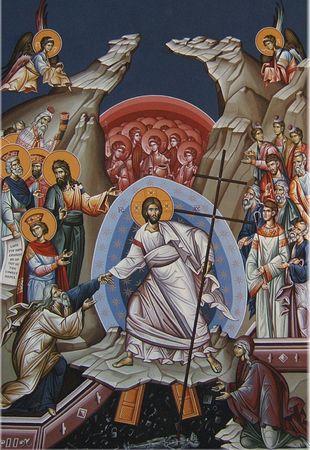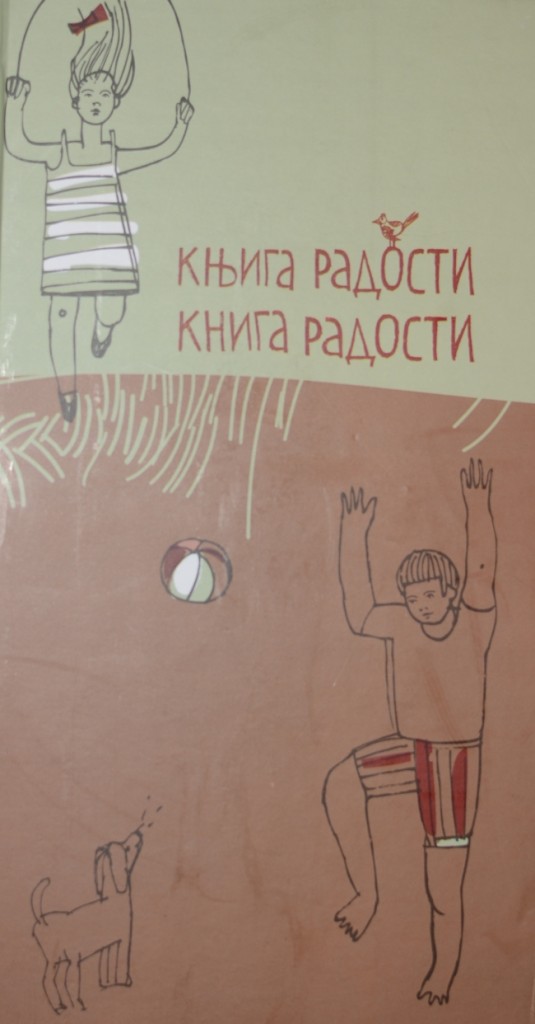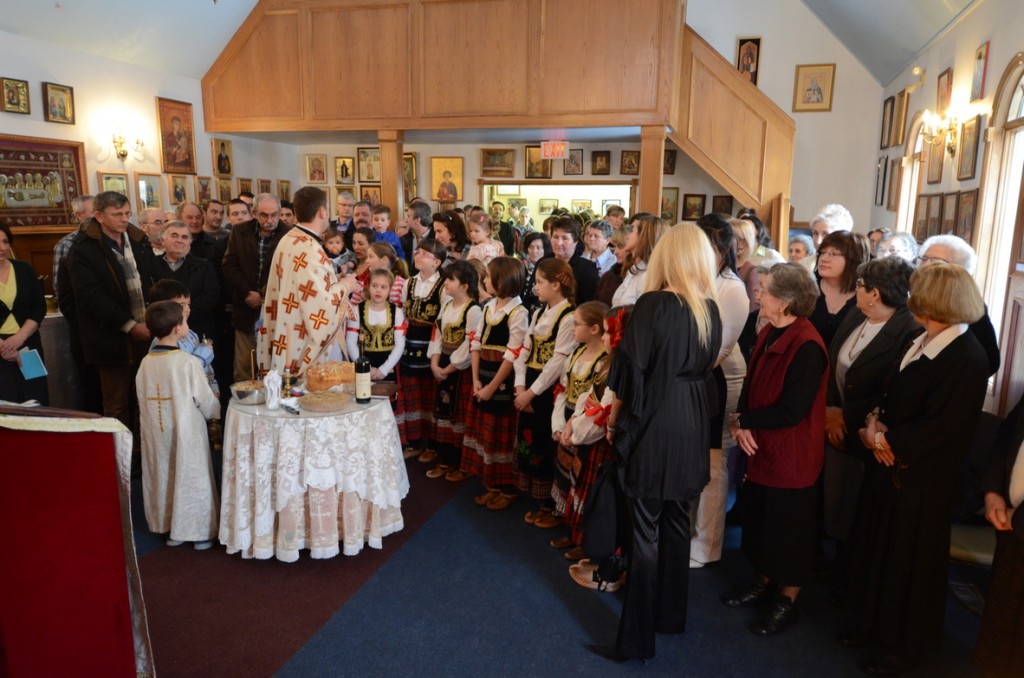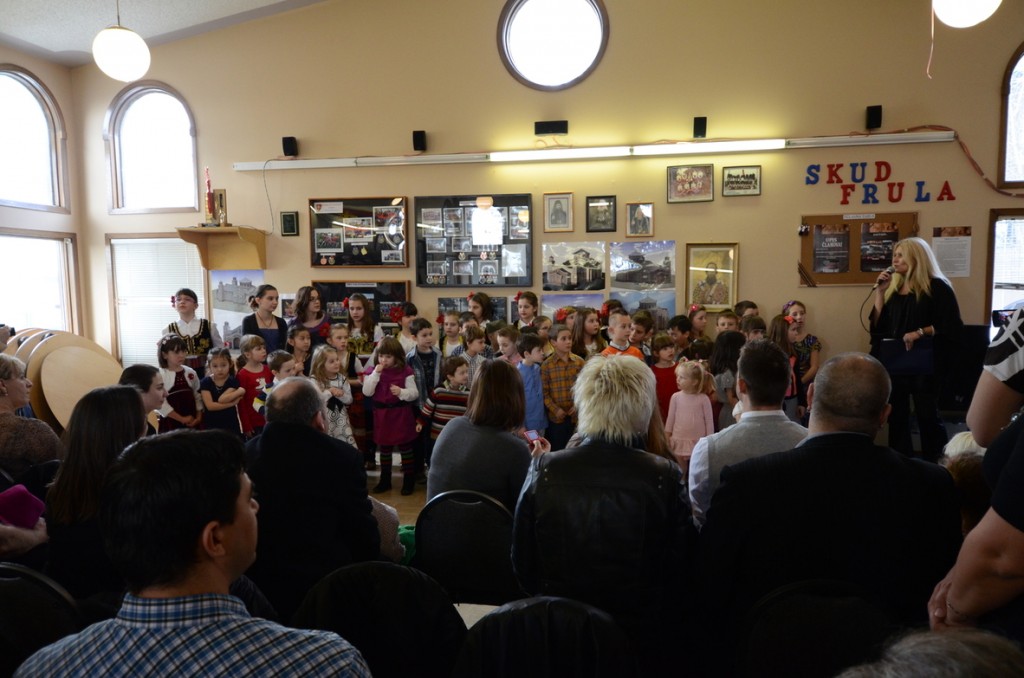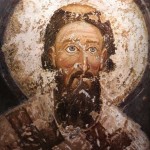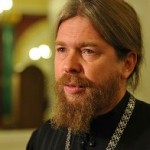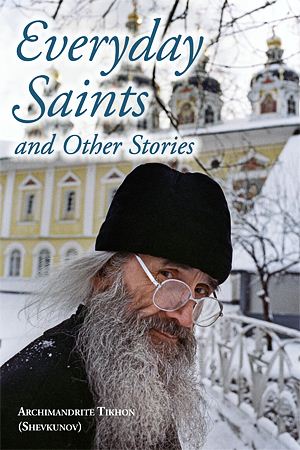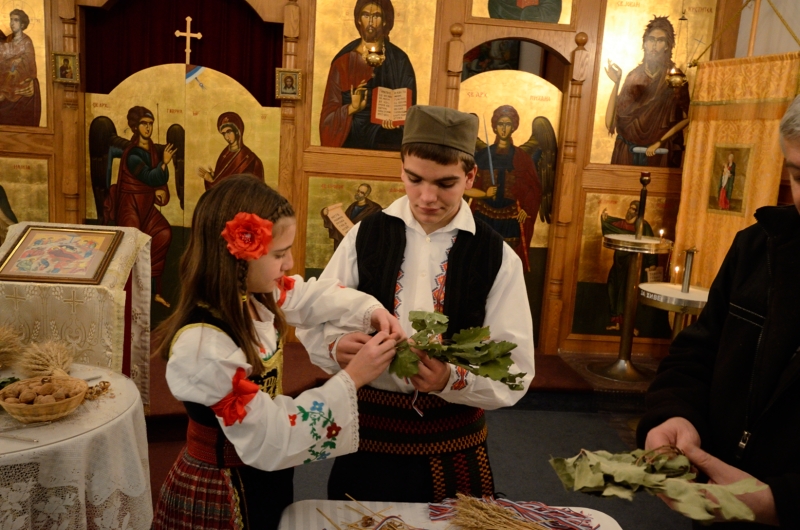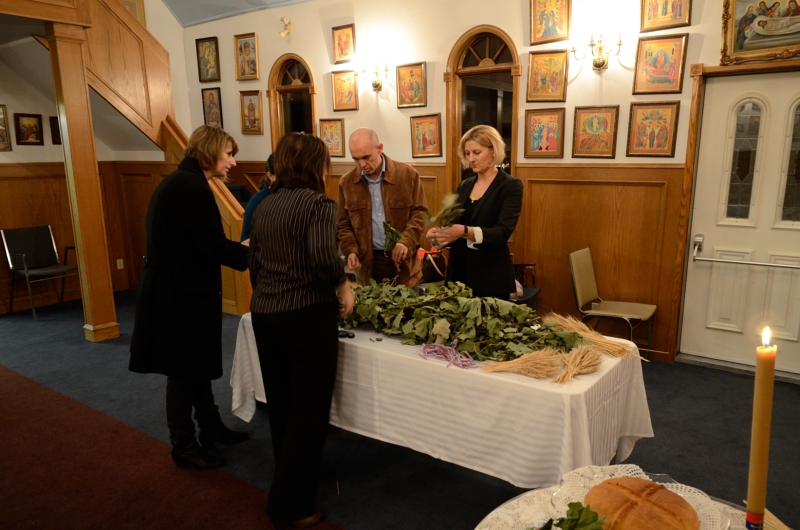1. THE EPIPHANY [THEOPHANY] OF OUR LORD AND SAVIOR JESUS CHRIST
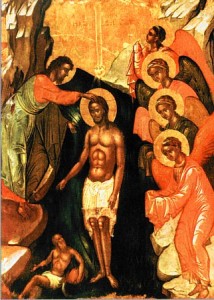 When our Lord reached thirty years from His physical birth, He began His teaching and salvific work. He Himself signified this “beginning of the beginning” by His baptism in the Jordan river. St. Cyril of Jerusalem says, ” The beginning of the world – water; the beginning of the Good News – Jordan.” At the time of the baptism of the Lord in water, that mystery was declared to the world: that mystery which was prophesied in the Old Testament; the mystery about which in ancient Egypt and India was only fabled; i.e., the mystery of the Divine Holy Trinity. The Father was revealed to the sense of hearing; the Spirit was revealed to the sense of sight, and in addition to these, the Son was revealed to the sense of touch. The Father uttered His witness about the Son, the Son was baptized in the water, and the Holy Spirit in the form of a dove hovered above the water. When John the Baptist witnessed and said about Christ, “Behold, the Lamb of God, Who takes away the sins of the world”
When our Lord reached thirty years from His physical birth, He began His teaching and salvific work. He Himself signified this “beginning of the beginning” by His baptism in the Jordan river. St. Cyril of Jerusalem says, ” The beginning of the world – water; the beginning of the Good News – Jordan.” At the time of the baptism of the Lord in water, that mystery was declared to the world: that mystery which was prophesied in the Old Testament; the mystery about which in ancient Egypt and India was only fabled; i.e., the mystery of the Divine Holy Trinity. The Father was revealed to the sense of hearing; the Spirit was revealed to the sense of sight, and in addition to these, the Son was revealed to the sense of touch. The Father uttered His witness about the Son, the Son was baptized in the water, and the Holy Spirit in the form of a dove hovered above the water. When John the Baptist witnessed and said about Christ, “Behold, the Lamb of God, Who takes away the sins of the world”
(St. John 1:29), and when John immersed and baptized the Lord in the Jordan, the mission of Christ in the world and the path of our salvation was shown. That is to say: The Lord took upon Himself the sins of mankind and died under them [immersion] and became alive again [the coming out of the water]; and we must die as the old sinful man and become alive again as cleansed, renewed and regenerated. This is the Savior and this is the path of salvation. The Feast of the Epiphany [Theophany in Greek] is also called the Feast of Illumination. For us, the event in the Jordan river illuminates, by manifesting to us God as Trinity, consubstantial and undivided. That is one way. And, the second: everyone of us through baptism in water is illumined by this, that we become adopted by the Father of Lights through the merits of the Son and the power of the Holy Spirit.

